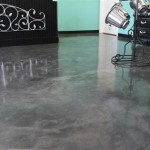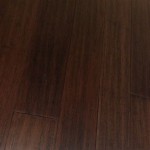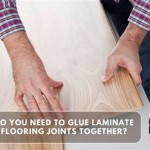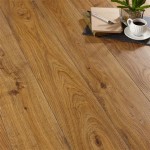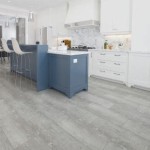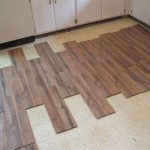Herringbone Wood Flooring Cost: Essential Aspects to Consider
Herringbone wood flooring is renowned for its timeless elegance and sophisticated allure. However, before embarking on this flooring endeavor, it is crucial to understand the potential costs involved. This comprehensive guide delves into the essential aspects that influence herringbone wood flooring cost, empowering you to make informed decisions while navigating this investment.
1. Material Type and Quality
The type of wood used for herringbone flooring plays a significant role in determining the overall cost. Exotic hardwoods, such as Brazilian cherry or mahogany, typically command higher prices due to their rarity and exceptional beauty. Domestic hardwoods, like oak or maple, are more budget-friendly options while still offering a classic and elegant look.
2. Wood Grade
Wood grades are assigned based on the presence of natural characteristics, such as knots and imperfections. Higher grades, such as select or clear grade, feature fewer imperfections and result in a more uniform appearance. Naturally, higher-grade wood carries a premium price compared to lower grades.
3. Installation Method
Herringbone wood flooring requires specialized installation techniques due to its intricate pattern. The most common method is the "floating floor" installation, where planks are joined together using a click-locking system. This method is relatively straightforward and less labor-intensive than glue-down or nail-down installation methods.
4. Square Footage
The square footage of the area being covered by herringbone flooring is a significant cost factor. Larger areas require more material and labor, leading to higher overall expenses. It is important to accurately measure the space to determine the required materials and corresponding costs.
5. Labor Costs
The cost of labor plays a crucial role in determining the total installation cost. Experienced flooring installers charge a premium for their expertise and efficiency. The complexity of the herringbone pattern and the size of the project influence labor costs.
6. Underlayment and Finishing
Underlayment serves as a sound barrier and provides a smooth surface for the flooring. The type of underlayment used can impact the overall cost. Additionally, finishing touches, such as sanding, staining, and sealing, add to the total expense.
7. Hidden Costs
Aside from the primary costs mentioned above, there may be hidden expenses to consider. These can include demolition of existing flooring, removal of baseboards, and repairs to subfloors. It is essential to factor in these potential costs when budgeting for herringbone wood flooring.
Conclusion
Understanding the essential aspects of herringbone wood flooring cost is vital for proper planning and budgeting. By considering the material type, wood grade, installation method, square footage, labor costs, underlayment, finishing, and hidden costs, you can make informed decisions and create a stunning herringbone wood floor that enhances your space for years to come.

How Much Does It Cost To Install Herringbone Wood Floors Lv Flooring Toronto

True Cost Of Herringbone Floors The Dedicated House

Anderson Tuftex Revival Walnut Herringbone Sirocca Aa833 17045

Your Guide To Herringbone Wood Floors How Ours Turned Out Chrissy Marie Blog

Herringbone Flooring Chevron Hardwood Parquet Solid Or Engineered

How Much Does Herringbone Hardwood Flooring Cost Lv Toronto

Herringbone Flooring Chevron Hardwood Parquet Solid Or Engineered

Herringbone Flooring Chevron Hardwood Parquet Solid Or Engineered

Design Trend Herringbone Wood Floors The Harper House

Your Guide To Herringbone Wood Floors How Ours Turned Out Chrissy Marie Blog

